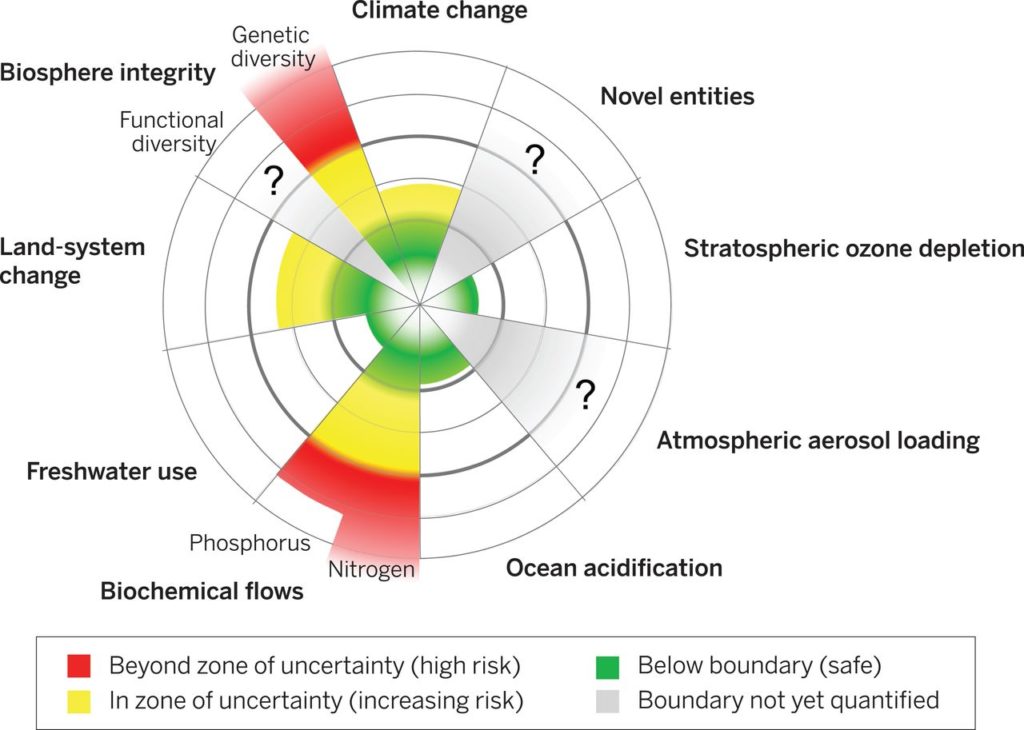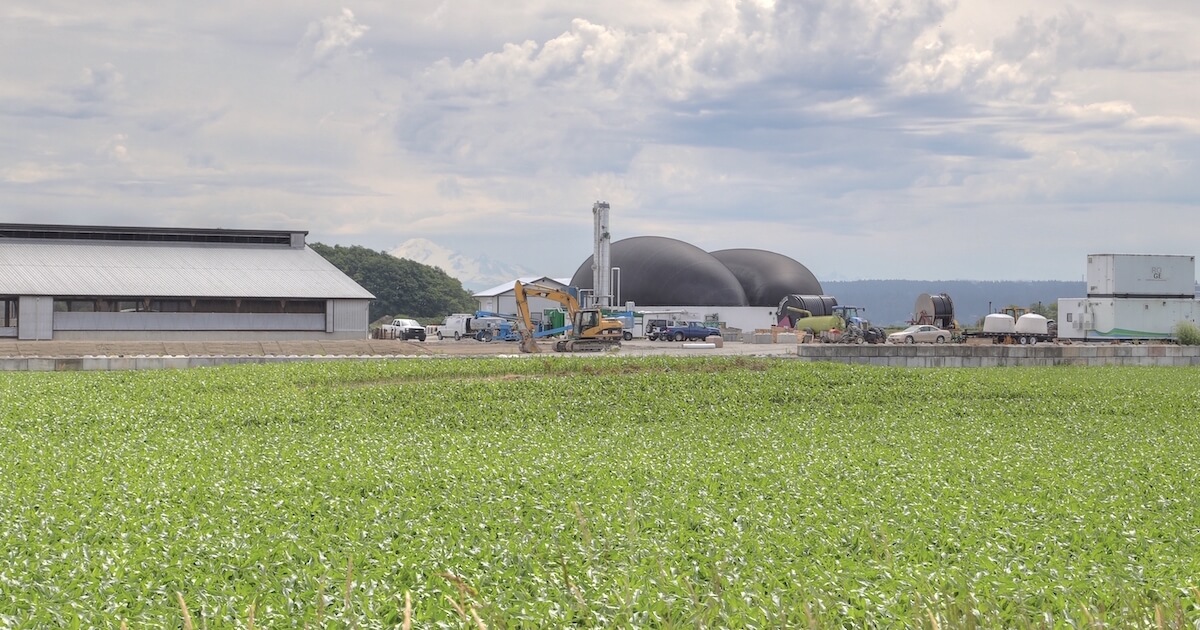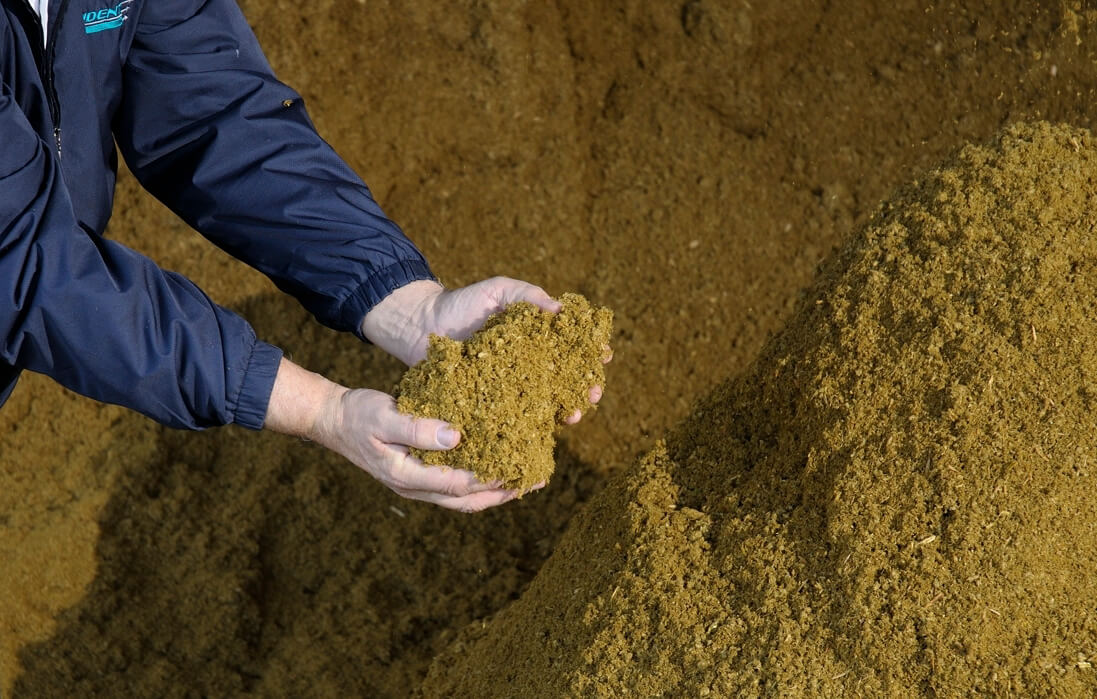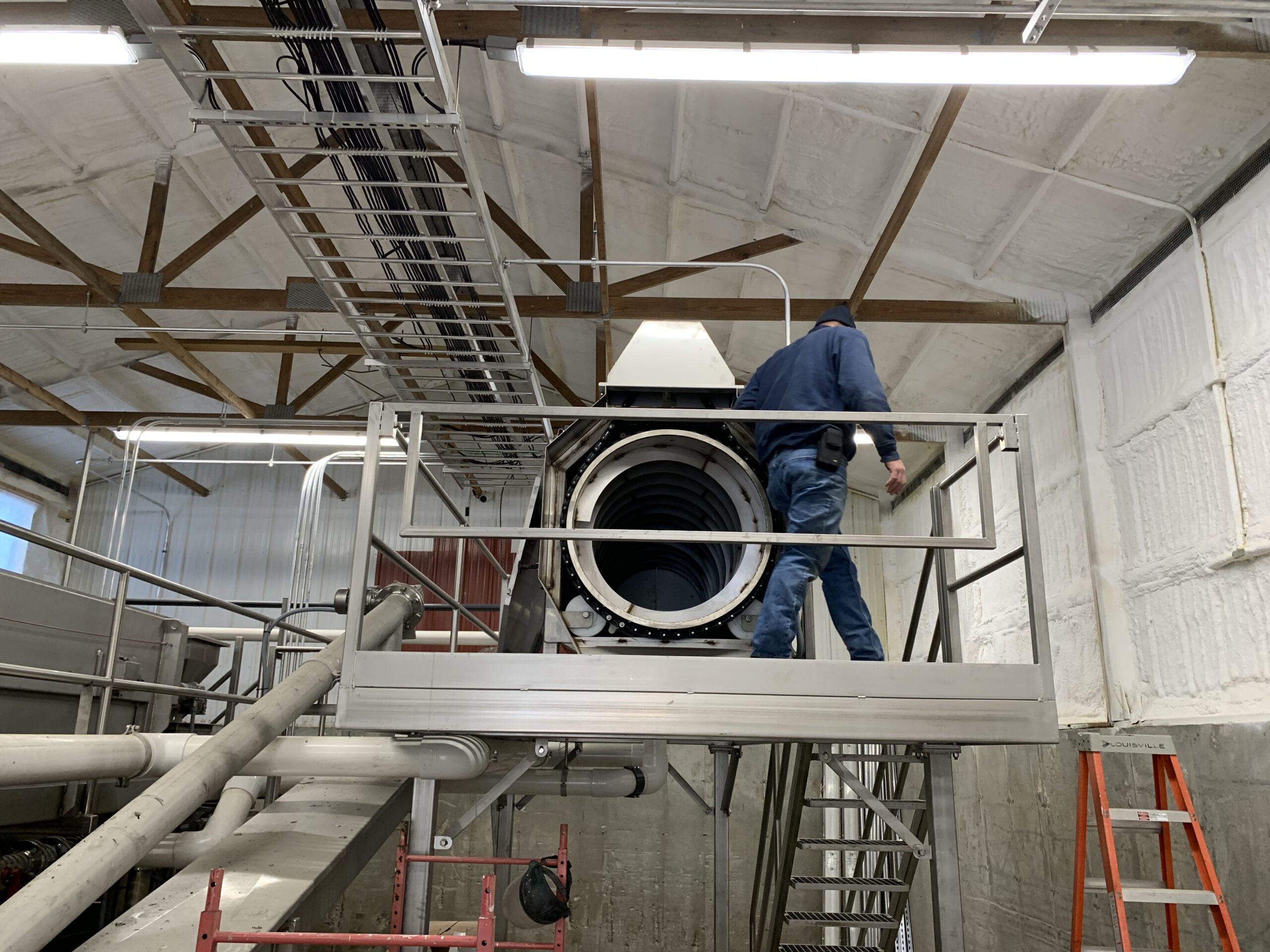Advanced pre and post digester treatment pays dividends. Utilizing biogas as a renewable energy source…
Recovering nutrients in digested dairy manure
Abbotsford, BC – December 14th, 2018. Earlier this year Trident had an opportunity to work with the BioCycle Magazine on a story titled “Recovering Nutrients In Digested Dairy Manure”. Author Peter Gorrie connected with nutrient recovery experts to share their perspective on technology and the future of dairy farming. The companies also provided insight in existing nutrient recovery installations across North America.
A changing agricultural landscape
The agricultural landscape has changed drastically over the past few years. For example, the U.S. dairy industry is currently going through a serious consolidation process. Due to dynamic global markets, changing consumer behaviour and environmental regulations farmers experience tremendous pressure. In addition, longterm predictions for the availability and impact of Phosphorus and Nitrogen continue to contribute to pressure and uncertainty. In fact, biochemical flows (along with genetic diversity) are believed to pose the highest risk in the future. This is illustrated in the “planetary boundaries”, a concept that a global group of environmental researchers has established.

Image: The concept of “planetary boundaries” describes risk factors that are expected to have the most impact on the Earth System processes. For example, the management of Phosphorus and Nitrogen is identified as high risk area that is currently beyond the zone of uncertainty. Source http://science.sciencemag.org/
Programs drive innovation
This is where programs like the EPA’s Nutrient Recycling Challenge or several state and provincial initiatives come into effect, to stimulate technological advancements that offer solutions for better nutrient management for raw or digested dairy manure. Trident continues to work with different government groups to actively drive and improve solutions to the problem.
Dairy farm examples
Five years ago Trident Processes (back then operating as KPD Consulting) presented its nutrient recovery technology, and shortly after installed the first fully automated nutrient recovery system on a dairy farm in North America. Over the years it became clear how big of a step this really was for the entire dairy industry. To this day, the partnership with 350 cow dairy SeaBreeze Farms in Delta BC, run by the Keulen family, is an impressive example of how a small group of dedicated people set out to pioneer a solution that addresses a global issue.
Prairie’s Edge Dairy in Fair Oaks, IN is the second installation site that the author describes in his article. Although a much larger operation with many different business divisions, Prairie’s Edge also shares similarities with Seabreeze. Both have invested into anaerobic digester and nutrient recovery technologies for digested dairy manure. Both are committed towards zero waste agriculture. Much of their waste streams is processed into valuable commodities that are reused.
To read the full story in the March/April 2018 issue of BioCycle Magazine visit www.biocycle.net. You can read more about Trident’s nutrient recovery technology here.
About the author
Victoria, BC based writer Peter Gorrie specializes in environmental topics. Gorrie is a frequent contributor to the BioCycle Magazine and has worked for leading media outlets like the Toronto Star.
About BioCycle Magazine
BioCycle is recognized worldwide as the authority on Organics Recycling and the go-to media resource for topics such as composting, organics recycling, anaerobic digestion and renewable energy. www.biocycle.net



